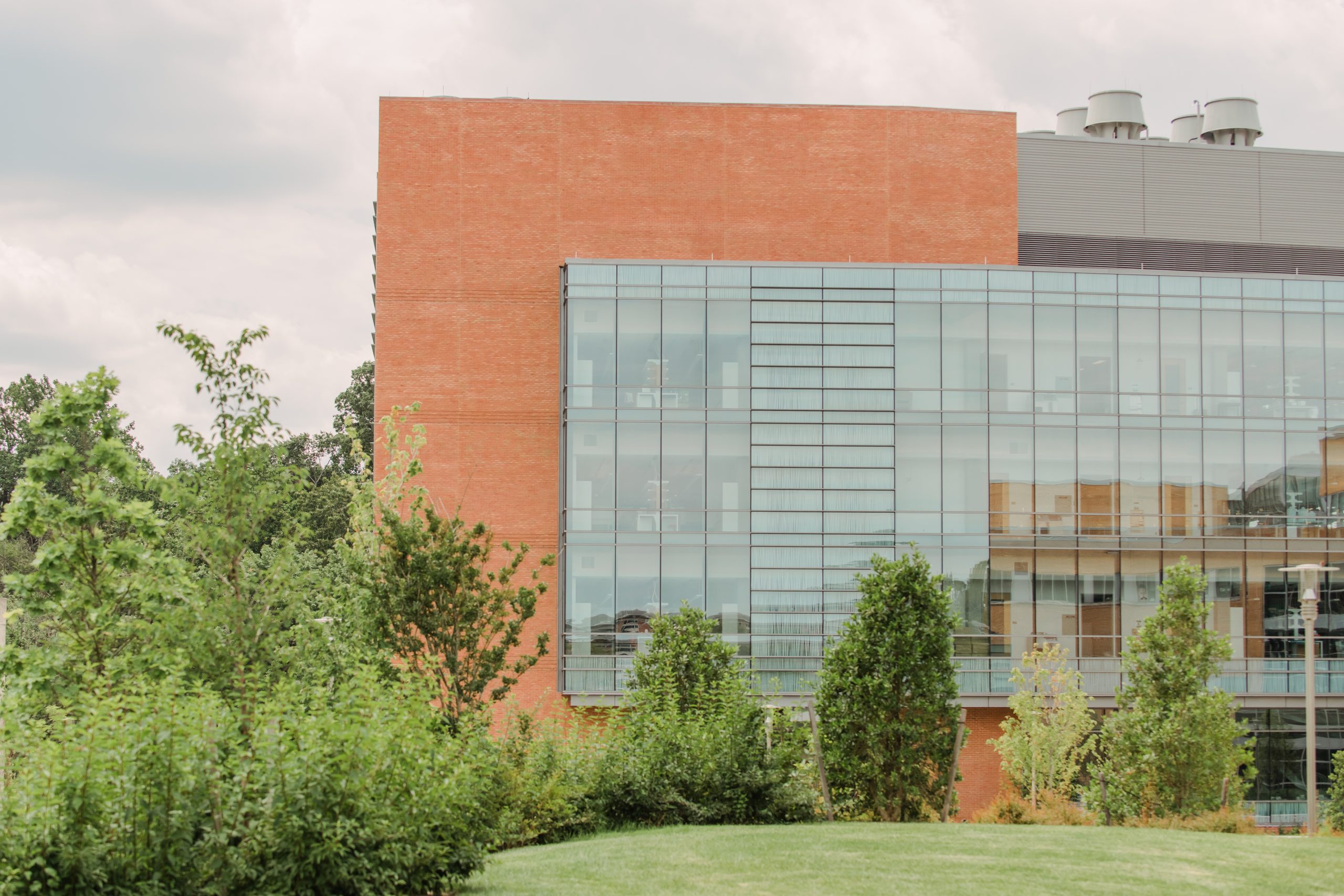Dipanjan Pan, professor of chemical, biochemical, and environmental engineering, has received two new grants from the National Institutes of Health to support research poised to improve COVID-19 testing.
Pan and his team recently developed an experimental diagnostic test to rapidly detect the novel coronavirus causing COVID-19, potentially as early as the first day of infection. The test shows results visually, through a color change visible with the naked eye when the virus is present. Their preliminary results were published in the journal ACS Nano, and the biosensors behind this work have generated substantial academic and commercial interest.
Pan received funding from the National Institute of Biomedical Imaging and Bioengineering (NIBIB) to support the development of a mediated colorimetric biosensor. This technology greatly reduces the possibility of misinterpreting the results of COVID-19 sensing tests.
“These awards are very timely. Two back-to-back grants from NIBIB will help me to further develop and optimize the technology and help cover the cost for conducting a clinical study for validation purposes,” says Pan. “The key here is the fine balance between the accuracy of the results and the ability of the testing platform to provide a rapid response.”
The second grant will support Pan’s work to develop a COVID-19 diagnostic platform that will work like a home-based glucometer. Currently, with limitations in sample collection and transportation, it often takes several days for patients to receive their COVID-19 test results. The delay between when the test is taken and when the results are available can lead to the continued spread of the virus.
To reduce the time between when a person takes a COVID-19 test and receives their results, Pan will develop a test that includes an electrochemical biosensor that can detect the virus in about 3 minutes. If patients can receive their results within minutes of taking the test, Pan notes, they can quickly self-isolate and avoid exposing others to the virus.
Pan explains that the test will limit the possibility for inaccurate results. “We adopted a molecularly targeted approach to detect RNA from the virus. Since every living organism has unique RNA, targeting a distinctive genetic material of COVID-19 causative virus SARS-CoV-2 ensures remarkable accuracy and specificity,” he says.
In addition to his appointment at UMBC, Pan is a professor of diagnostic radiology and nuclear medicine and pediatrics at the University of Maryland School of Medicine as part of his dual appointment with the University of Maryland, Baltimore.
Banner image: UMBC’s Interdisciplinary Life Sciences Building. Photo by Marlayna Demond ’11 for UMBC.
Tags: CBEE, COEIT, COVIDresearch




